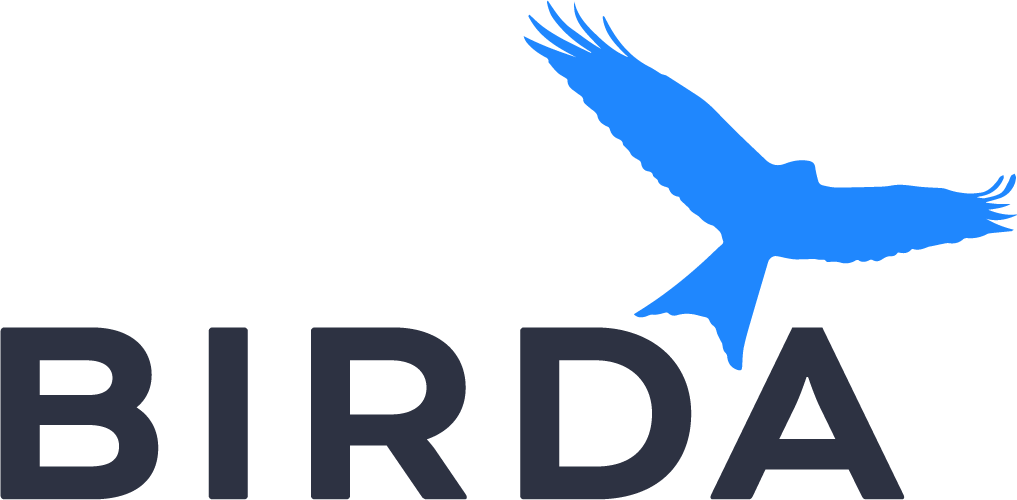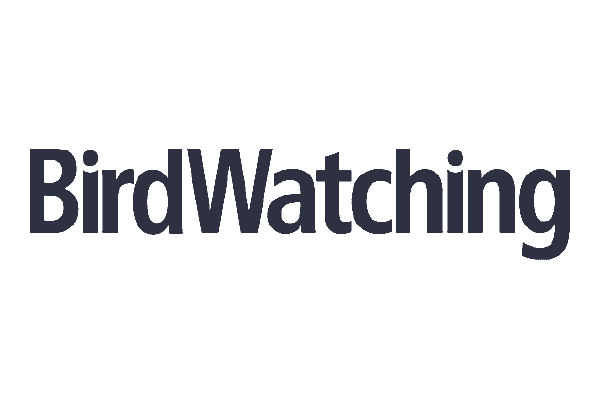Yellow-plumed Honeyeater
Ptilotula ornata
The Yellow-plumed Honeyeater, Ptilotula ornata, is a medium-sized bird with a distinctive appearance. It boasts a down-curved black bill, a dark face, and an eye-catching yellow neck plume that sweeps upwards. The head is olive-green, accented by a faint yellow line beneath its dark eye, while the upperparts are a grey-green. The underparts are streaked with grey-brown, and the young birds can be identified by their yellow bill base and eye-ring.
Identification Tips
When identifying the Yellow-plumed Honeyeater, look for the characteristic yellow neck plume and the long, down-curved black bill. The olive-green head and grey-green upperparts are key features, along with the heavily streaked grey-brown underparts. Juveniles will have a yellowish tinge at the base of their bills and around their eyes.
Habitat
This species is endemic to Australia, favoring temperate forests and Mediterranean-type shrubby vegetation. It is particularly associated with mallee habitats.
Distribution
The Yellow-plumed Honeyeater is found exclusively in southern mainland Australia, ranging from western New South Wales and Victoria, through South Australia to south-west Western Australia.
Behaviour
These birds are known to be sedentary and colonial, often forming groups that may relocate in response to environmental pressures. They are both noisy and conspicuous, defending their nesting or feeding territories with communal displays, including wing quivering.
Song & Calls
The song of the Yellow-plumed Honeyeater is a loud and clear three-note 'chier wit chier', which is often heard before dawn. Males are known to sing this tune during their display flights.
Breeding
The breeding process involves constructing an open, cup-shaped nest, which is suspended from a thin fork or foliage, primarily in mallee eucalypts and other small shrubs. The nests are crafted from materials such as wool, green grass, and spider-webs, and are lined with soft elements including wool, grasses, plant-down, and brightly-coloured feathers. Both parents are involved in feeding the young, and sometimes they are assisted by other helpers. The nests are also subject to parasitism by various cuckoo species.
Similar Species
The Yellow-plumed Honeyeater can be confused with similar species such as the Purple-gaped Honeyeater, Grey-fronted Honeyeater, and Fuscous Honeyeater. However, its distinctive yellow neck plume and specific bill shape are key differentiators.
Diet and Feeding
Primarily insectivorous, the Yellow-plumed Honeyeater forages in the outer and upper foliage, branches, and trunks of eucalypts. It also catches insects mid-flight through hawking. Additionally, it feeds on nectar opportunistically from various plants including mallee eucalypts, yellow gum, grey box, red ironbark, and box mistletoe.
Conservation status
The Yellow-plumed Honeyeater is currently classified as Least Concern on the IUCN Red List of Threatened Species.
Protected Areas
This species can be found in several protected areas across its range, including Pulletop Nature Reserve in New South Wales, Gluepot Reserve in South Australia, and Greater Bendigo National Park, Inglewood Nature Conservation Reserve, and Wychitella Nature Conservation Reserve in Victoria.

































































